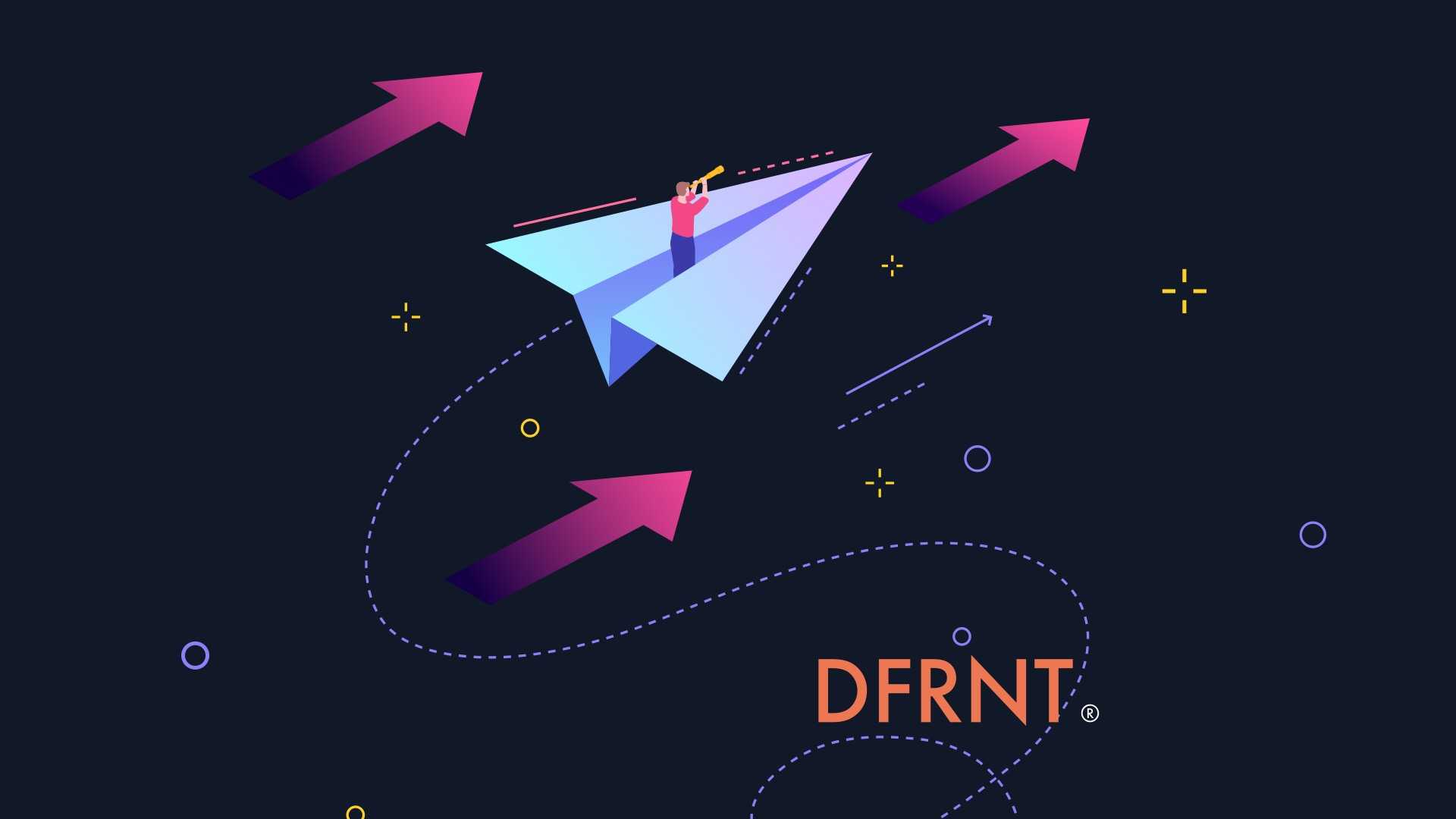DFRNT Data Product Builder: Features and Benefits
Philippe Höij in Semantic Knowledge Graphs
The DFRNT Data Product Builder is an innovative tool designed to facilitate the Semantic Data Modelling that is needed to create dynamic and intelligent Semantic Data Products.
It offers a variety of features that makes cross-collaboration between knowledge management, data engineering and software engineering user-friendly, comprehensive, and powerful. Here we delve into these key features, explaining their functionalities and benefits in an easy-to-understand manner.
A modern tool with up-to-date look and feel.
Our tool adopts an intuitive user interface that requires minimal technical knowledge to navigate and offers experts advanced options when they need them. The clear layout and logical flow of the platform enable users to effectively use the tool, accelerating the data modelling process.
The learning curve is considerably reduced with the ease of use, allowing users of varying skill levels to comfortably interact with the tool.
Visualize Complex Relationships
The Data Product Builder offers a graphical representation feature to visualize data models and relationships between types in the model. By transforming intricate data structures into clear and exportable diagrams, users gain a deeper understanding of the underlying relationships.
The graphical interface also fosters effective communication among team members and stakeholders, making abstract concepts more tangible and accessible.
Build Ontologies and Taxonomies
Ontologies and taxonomies are critical to the semantic data modelling capability of DFRNT. In semantic engineering, ontologies provide structured ways to represent entities, their relationships, and the aspects and properties of them. Taxonomies organize the entities into a tree-like structure, often together with property inheritance using superclass and subclass notations, and preferably with the ability to reuse data structures such as traits across the taxonomy.
A beautiful example of the problem of property inheritance without including reusable data structures includes how to model the fact that most birds and aeroplanes can fly, whilst penguins can’t. Such traits are better described as separate data structures and attached where needed.
Examples of entities and their relationships includes the concept of “Book” in a “Library”, written by a “Person”, “Book” could for example have the superclass of “Printed Matter” and “Library” a superclass of “Location”. Each concept will have a specific instance of them.
Our tool incorporates comprehensive support for ontology and taxonomy creation, editing, and management, promoting a deeper understanding of data semantics, the meaning of data and the knowledge about the datasets.
The entities in the ontologies are classified into a taxonomy that makes up the data model of a semantic data product. Together with properties and reusable data structures that describes the data stored in the data product. Users can build custom ontologies, modify existing ones, and manage ontologies over time, ensuring data models remain accurate and relevant. The schema library provides good examples to adapt and modify.
Data Integration at Scale with Semantic Data Products
DFRNT boasts extensive integration capabilities, designed to work seamlessly with TerminusDB and interoperate with other software and data pipelines through standard APIs. By bringing diverse data streams into one unified view, the Data Product Builder is instrumental in creating cohesive Semantic Data Products. This allows users to harness the full potential of their data, irrespective of its original source or format.
With DFRNT, data is collaborated upon, processed, and distributed as Semantic Data Products. These data products are assembled as knowledge LEGO blocks, forming the backbone of knowledge processing in each part of the company.
Version Control, Change Tracking and Collaboration
Collaboration in this relatively new paradigm enables distributed data processing in what is called a local-first Zero Copy Integration approach. This means that each change is recorded and transferred individually instead of copying the whole dataset.
In this new approach, Semantic Data Engineers collaborate on products using the same fine-grained methods (git-like) as software engineers for each individual change, between their laptop, in the data centre and in the cloud.
We offer robust version control functionality, akin to the systems used in software development. Users can track changes made to the data model over time, revert to previous versions if necessary, and create branches for separate developments.
This new approach fosters a collaborative environment, enabling teams to simulate the future in isolated knowledge environments and work together effectively without worrying about overwriting each other's work.
Data Integrity and Accurate Data
The Data Product Builder ensures data integrity through its data validation capabilities. The tool checks that data conforms to defined models and constraints before it is incorporated into the data product. This helps prevent errors, enhances data quality, and ensures that Semantic Data Products generated from the model are reliable and accurate.
Conclusion
Recognizing that semantic data modelling is a team effort, our tool includes features that facilitate collaboration. Shared workspaces, change tracking, and simultaneous editing enable teams to work together efficiently. The semantic and collaboration features foster transparency and clarity of the meaning of data, enables knowledge to be used broadly, reduce miscommunication, and ensure that all team members stay aligned with the project objectives and progress.
The DFRNT Data Product Builder provides a comprehensive, user-friendly platform for Semantic Data Modelling, leading to the creation of powerful Semantic Data Products. By integrating key features like intuitive UI, graphical representation, ontology management, extensive integration capabilities, version control, data validation, and collaboration features, it empowers users to leverage their data to its fullest potential.


